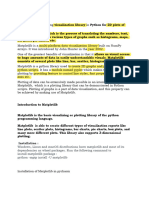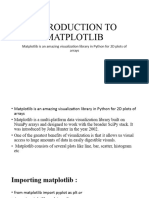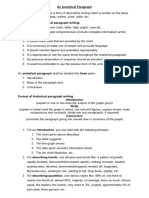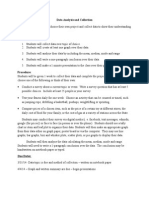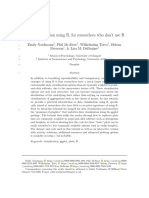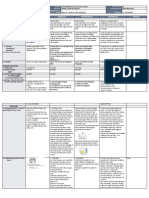0% found this document useful (0 votes)
34 views10 pagesUNIT-IV - Matplotlib
Python libraries
Uploaded by
Raja shreeCopyright
© © All Rights Reserved
We take content rights seriously. If you suspect this is your content, claim it here.
Available Formats
Download as DOCX, PDF, TXT or read online on Scribd
0% found this document useful (0 votes)
34 views10 pagesUNIT-IV - Matplotlib
Python libraries
Uploaded by
Raja shreeCopyright
© © All Rights Reserved
We take content rights seriously. If you suspect this is your content, claim it here.
Available Formats
Download as DOCX, PDF, TXT or read online on Scribd
/ 10





